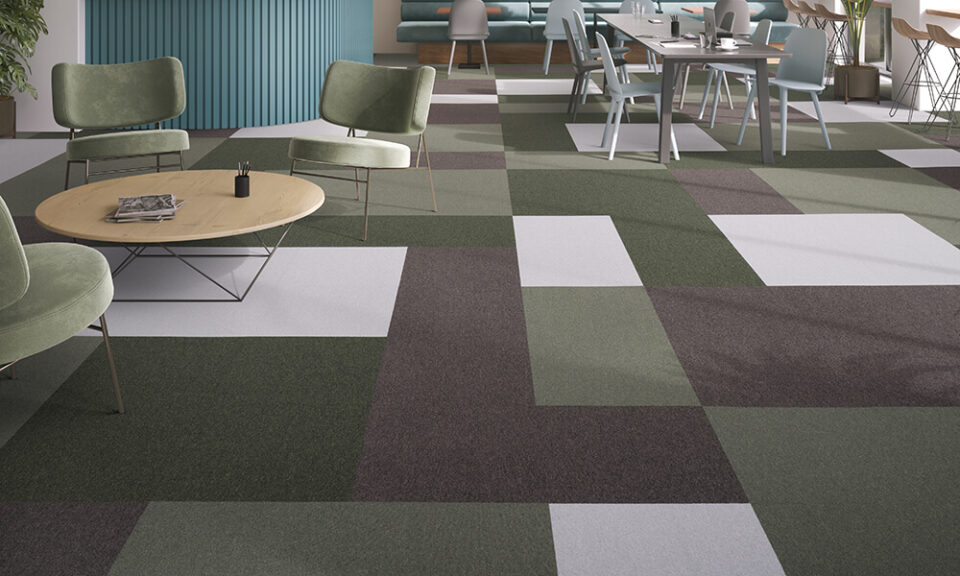Rubber flooring is a popular choice among both residential and commercial spaces due to its durability, low cost, and ease of installation. Rubber flooring can be used in many different types of spaces such as gymnasiums, basements, garages, decks, patios, offices, schools and industrial areas. Rubber flooring also provides excellent protection against slips and falls.
Installing rubber flooring is relatively easy compared to other types of flooring. It’s important that the subfloor surface is clean and free from any dirt or debris before installing the rubber flooring. Any cracks or holes should also be filled in with a patch compound before installation begins. Once everything has been prepped it’s time to start laying the rubber flooring. Rubber flooring is typically sold in rolls and can be cut to fit the desired size of the area. Rubber adhesive should be used to affix the flooring to the subfloor surface. Once the adhesive has been applied, it’s important that you follow all manufacturer instructions for drying times before walking on it or installing furniture, etc.
It’s also important to note that rubber floors may require regular maintenance such as sweeping or mopping as dirt and debris can accumulate quickly into its pores thus causing potential damage to its surface. Additionally, it’s recommended that you use a commercial cleaner designed specifically for rubber floors (check with your local hardware store) when cleaning your rubber floors in order to prevent damage and prolong the life of your flooring.
In conclusion, rubber flooring is an excellent choice for both residential and commercial spaces due its durability, easy installation process, and low cost. With proper care and maintenance, it can last a long time while also providing protection against slips and falls. Keep in mind that professional installation is highly recommended if you’re installing large areas of rubber flooring in order to ensure a secure fit. For more information on Rubber Flooring Installation contact your local professionals today.
Unique difference between Rubber flooring and Vinyl Flooring
One key difference between Rubber flooring and Vinyl Flooring is that Rubber flooring provides excellent shock absorption, making it the ideal choice for areas where heavy items or machinery are used, such as a gymnasium or warehouse. Rubber flooring is also non-porous and resistant to staining and fading, making it an ideal choice for areas which are prone to spills. Rubber flooring is also easy to install and requires minimal maintenance for upkeep.
Vinyl flooring, on the other hand, is a softer and more pliable material which makes it easier to install compared to Rubber flooring. Vinyl flooring also provides some sound absorption and is available in a variety of colors, designs and textures to match the aesthetic of any room. However, Vinyl flooring is not as durable or water-resistant as Rubber flooring and can be easily damaged by sharp objects or rough impacts.
Ultimately, Rubber flooring is the more cost-effective and durable choice for any space which requires an extra layer of protection.

